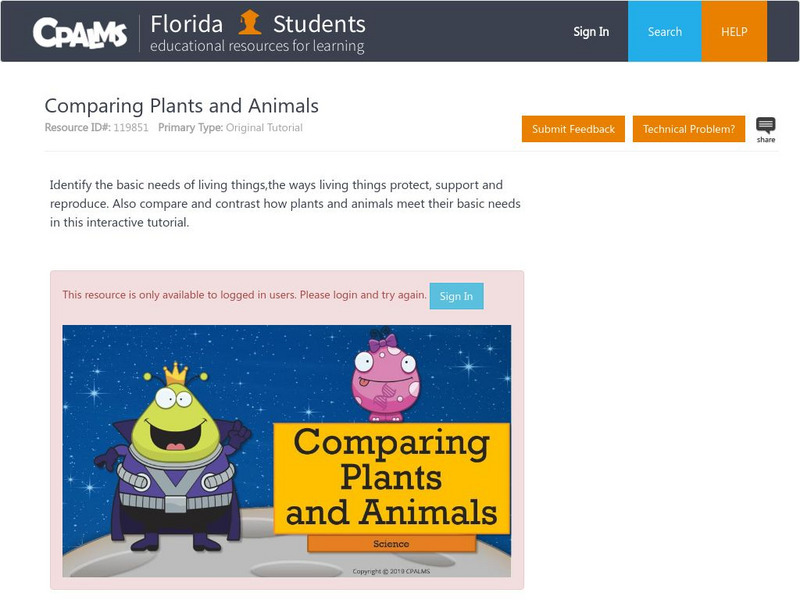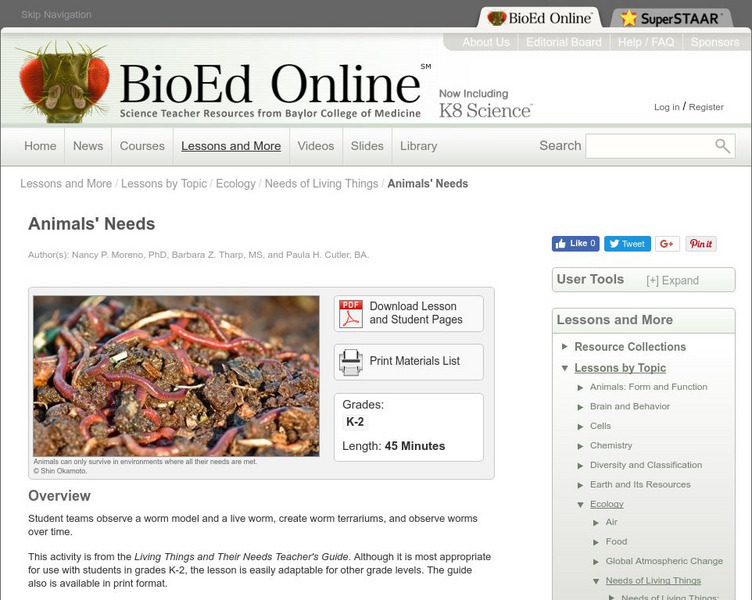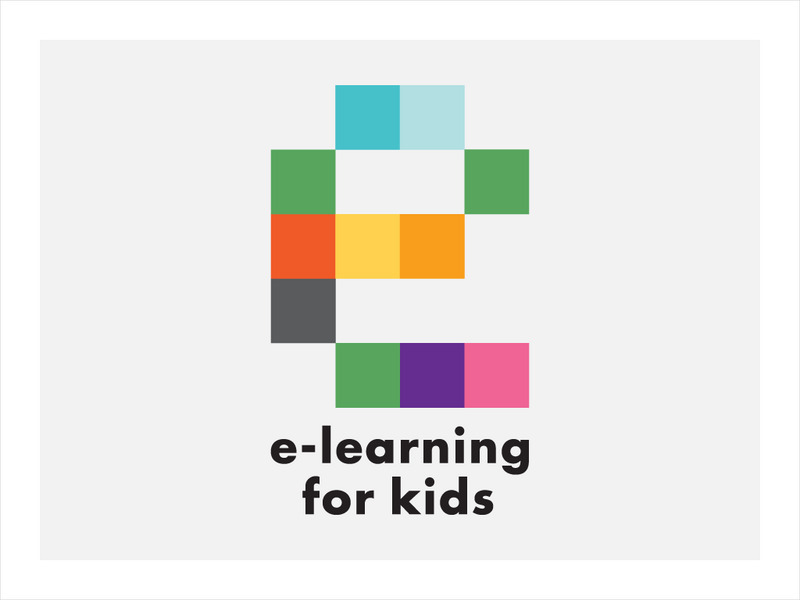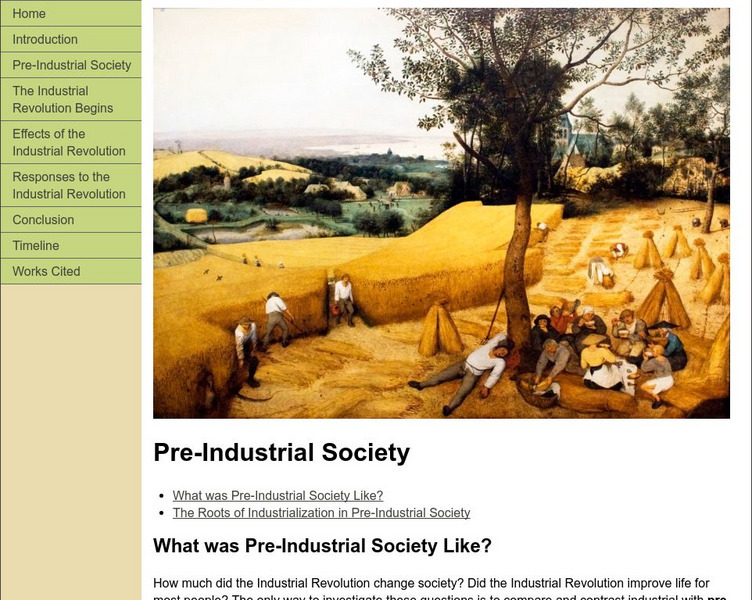PBS
Pbs Learning Media: The Needs of Living Things
In this lesson plan, students watch video clips of animals and plants in their natural environment, to gather evidence that all living things have basic needs that must be met in order to survive. Then, to illustrate their understanding...
CPALMS
Florida State University Cpalms: Florida Students: Comparing Plants and Animals
A tutorial that compares and constrast plants and animals. Explore how living things their obtain basic needs, protect, support, and reproduce. A PDF file of the tutorial is available.
BioEd Online
Bio Ed Online: Needs of Living Things: Pre Assessment
This is a pre-assessment to be done at the beginning of a unit on the needs of living things. Students draw themselves and what they need to survive. The lesson can be downloaded in PDF format.
BioEd Online
Bio Ed Online: Living Things and Their Needs: We Need Water
This lesson focuses on living things' need for water. Students make lemonade and learn that water can be found in liquids other than a glass of water, and is also found in plants. The lesson can be downloaded in PDF format.
BioEd Online
Bio Ed Online: Needs of Living Things: Post Assessment
A post-assessment at the end of a unit on the needs of living things. The lesson materials can be downloaded in PDF format.
PBS
Pbs Learning Media: Center Card: Build an Animal Habitat
Children design an animal habitat and talk about how the habitat provides the animal's basic needs -- shelter, water, and food -- using this block center activity. It includes three resources.
BioEd Online
Bio Ed Online: Living Things and Their Needs: Animals' Needs
Students learn about the basic needs of animals by creating and observing a worm terrarium. The lesson and student worksheets can be downloaded in PDF format.
PBS
Pbs Learning Media: Animals and Plants Can Live in a City!
For this interactive lesson, students learn that animals need air, food, water, and shelter, while plants need air, sunlight, and water. Students watch videos and engage with drawing and sorting activities to reinforce their learning....
ClassFlow
Class Flow: South Carolina Animals
[Free Registration/Login Required] The flipchart explores habitats that support the different kinds of animals that live in the state. Students match pictures of animals to their habitats, unscramble letters to find the names of the...
Alabama Learning Exchange
Alex: Animal Studies
This was a collaborative effort between Melanie George and Connie Roan. Students will work in collaborative groups and investigate animal characteristics, their habitats and basic needs using the Internet and library. They will then make...
Alabama Learning Exchange
Alex: Animals: Unique Creatures With Great Features
During this unit of study, students will become knowledgeable of animals' characteristics, basic needs and habitats. The purpose of this unit is to educate students through investigation and research about various animals and the...
Centers for Disease Control and Prevention
Centers for Disease Control: Monkey Pox Basics
This page contains several links to articles on the CDC's Web site about monkey pox. Great place to go to get all of the information you'll ever need about the disease.
PBS
Pbs Learning Media: Dinosaur Train
Dinosaur Train sparks children's interest in life science and natural history. As they explore a variety of animals, children develop the inquiry skills and knowledge needed to help them think, talk and act like paleontologists. Choose...
McGraw Hill
Glencoe Biology: Basic Behaviors: Self Check Quiz
Try these five multiple-choice questions about the difference between innate and learned behaviors in animals. The quiz is self-checking, and provides hints to the student if needed.
Alabama Learning Exchange
Alex: Habitats
What is a habitat? In this lesson, students will identify that a habitat has four elements, food, water, shelter, and space. Students will identify their own habitat and create a brochure describing the habitat in terms of food, water,...
PBS
Pbs Learning Media: Gila Monster
This video segment from Outdoor Nevada looks at the Gila monster's behavior, habitat, and unique adaptive characteristics. [3:55]
TeachEngineering
Teach Engineering: Biodomes
Students explore the biosphere's environments and ecosystems, learning along the way about the plants, animals, resources and natural cycles of our planet. Over the course of lessons 2-6, students use their growing understanding of...
E-learning for Kids
E Learning for Kids: Math: Wild Park: Number: Count to 10
Lono needs help counting animals and berries. Can you help him?
PBS
Pbs Learning Media: Primitive Insects of the Congaree Swamp
In this video segment from NatureScene, observe dragonflies and mayflies near Cedar Creek at Congaree Swamp National Park. [5:25]
Other
Modern World History: Pre Industrial Society
In this textbook unit, students learn about what society and the standard of living were like prior to the Industrial Revolution. The average peasant grew their food and kept farm animals. Change took place much more slowly, but the rate...
Alabama Learning Exchange
Alex: Endangered Species
The topic of endangered species is one that needs to be addressed with every student. As more and more plants and animals become extinct, students, as inhabitants of this ecosystem, need to be aware that human actions affect the planet....















